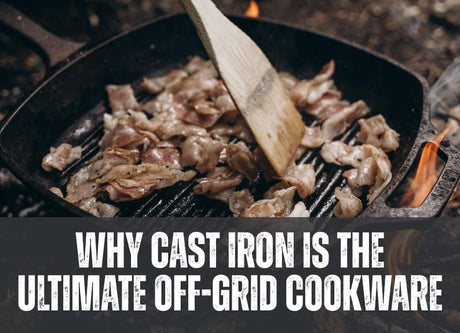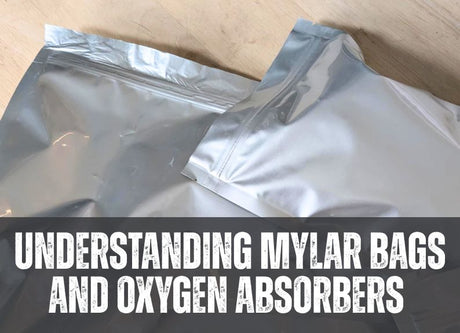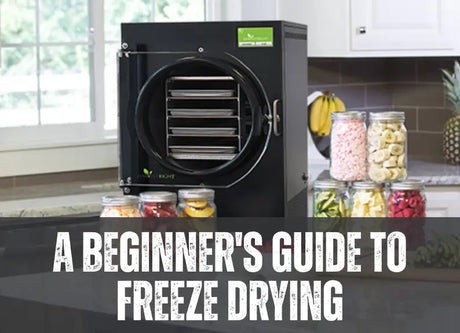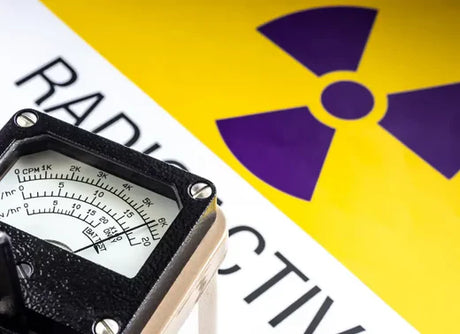To understand the critical importance of seed diversity is to care about a resilient future. You don’t have to look far to see the weight scientists have placed on the need for seed banks and seed saving. During World War 2, scientists starved to death defending thousands of varieties of seedlings because of the value they saw in maintaining those precious futures. Seed banks exist all over the world, but so do small-scale seed-saving practices. Your grandmother’s heritage tomatoes, the heirloom beans your mom grows every year––chances are, they’ve been saving seeds right under your nose. The skill of seed saving is easy to learn and critical to understanding. This blog gives you the tips you need to start stockpiling seeds today.
The basics of seed saving.
Take dried seeds, store them in a dry place, and plant them. In many ways, it’s almost that simple, but understanding the art of seed saving is a skill that needs to be learned by trial and error. Diverse seed collections are built over multiple seasons (and sometimes lifetimes) and can range from heirlooms to wild varieties.
When you learn how to seed save adeptly, you can also learn to cross-polinate plants to create hearty versions with preferred characteristics. This can help build robust crops for less-than-ideal, post-collapse growing conditions.
Start small with annual self-pollinating crops.
The easiest way to start seed saving is to choose species that are easy for beginners. Annual plant varieties grow and go to seed in the same season. These are the easiest to harvest. In some species, like lettuce, herbs, and edible flowers, you can easily collect seeds when they are dry enough to harvest; other plants, like tomatoes and beans, require you to dry the seeds––so you’ll need to have enough space in your home.
What is the difference between open-pollinated and hybrid seeds?
When choosing varieties to plant, open-pollinated seeds should be the first choice. These seeds retain their characteristics when pollinated with an individual of the same variety. They allow you to grow and collect seeds that have definable characteristics, giving you a predictable crop. These crops may require isolation and manual pollination to guarantee they are not cross-pollinated. All heirloom species are open-pollinated, but these plants make up a small percentage of all open-pollinated plants. Heirloom varieties are highly treasured and should be considered for your garden and seed saving.
Plants grown from hybrid seeds may not produce the same plant as you harvested the seeds from. Additionally, these plants can be bred to not produce seeds or viable seeds at all. Open pollination is the seed saver’s ticket to building and stockpiling a seed bank for the future.
For some crops, skills such as distance isolation, pollen barriers, and hand pollination will be necessary, while others require spacing between each other in the garden. Learning about your seeds and the species varieties is an invaluable knowledge base for any seed saver.
Learn and understand your growing zone.
There are numerous resources available to help you determine your growing zone. From that point, you can choose and cultivate seeds from species and varieties that will thrive. The growing zone you live in represents the average temperatures, soil types, and growing seasons, so it is a critical piece of information. To harvest seeds, you will need to have the plants go through their full life cycle without interruption––whether they are annual, perennial, or biennial.
Crop size can increase crop yield.
With many plants, the size of the crop and crop density can have an effect on seed production as well as influence the overall maturation time. If you are harvesting for both food and seed saving, planting more can ensure you can harvest for both ends efficiently. In addition, smaller seed crops can reduce the genetic diversity of your seeds, resulting in less resilient seeds and crops.
Harvesting your seeds is a skill.
For wet crops like cucumbers and tomatoes, the range during which we consume them is not the mature stage of the plant and, therefore, is not the time to harvest the seeds. This is a reason for crop density, as you will need to leave fruits behind in order for them to mature adequately. For dry crops like grains, beans, and herbs, the seeds are removed when they are dry and hard––whether from a flower or the plant pod.
Once you have harvested your seeds, they need to be cleaned and dried indoors. To do this, you can spread the seeds onto plates, baking sheets, bowls or any open, wide dish and ensure the air can reach the seeds equally. They will need lots of space to dry quickly and naturally, so they are ready for next year.

How to store and stockpile your seeds long-term
All seeds should be kept in a cool, dark, dry place. Seeds can be saved for several years in the right conditions. In addition, some seeds are naturally better at keeping; these include crops such as tomatoes and beans. If possible, a refrigerated or frozen area combined with airtight containers can keep seeds even longer.
Always label your seeds with crop type, year harvested, and any useful notes you have as you continue to cultivate and seed save your selected crops.
Seed saving is a long-term investment in your survival.
The knowledge you gain year after year will fortify your knowledge and ability to eat and thrive in a post-collapse world. With a greenhouse and good soil conditions, it will feel like you never needed a grocery store. If you want to learn more about building a passive solar greenhouse, especially for those who live in cold climates, visit our blog.
Making preparedness part of your life is a necessity for living life in a post-apocalyptic world; skill-building is best done one day at a time.










